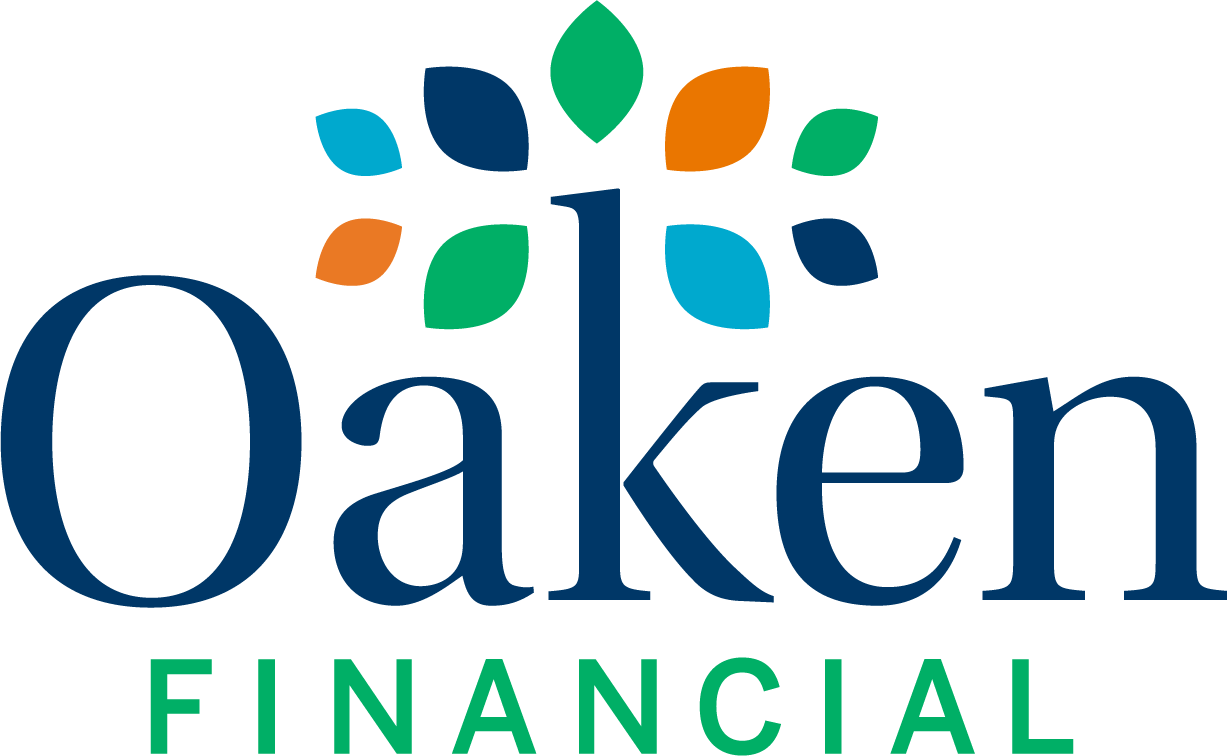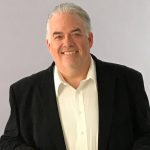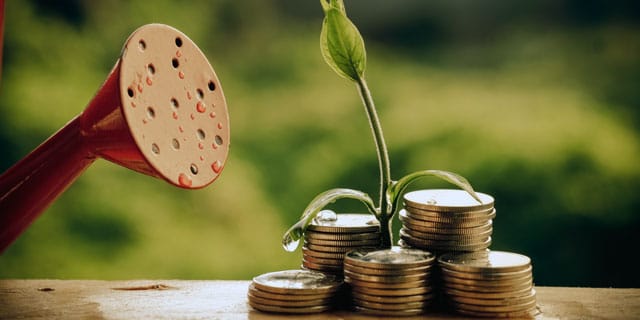The High Interest Savings Account, or “HISA”, is often overlooked as a way to meet specific savings objectives. Which is understandable, as with so many ways available for savers to manage their funds, a humble savings account doesn’t seem to garner much attention. But keep in mind that a HISA is a unique form of savings account that provides a better return than a standard savings account, while still retaining all the benefits normally associated with these accounts. Below, we take a look at five ways in which you can make the best use of a high interest savings account.
1. Maximize flexibility
A high interest savings account provides ultimate flexibility for your funds. Certainly, there are other options that provide a higher rate of return, but that benefit usually comes with a requirement forcing you to lock-in your funds, and making them inaccessible to you for up to several years. For instance, a 5-year non-redeemable GIC may offer a higher return. But if after only three years you require that money for another purpose, you’ll have to break the contract with your financial institution. In order to do this, you may need to demonstrate financial hardship. But even then, the GIC provider is not obligated to allow you to redeem. In addition, there will likely be penalties that result in losing much of your accrued interest.
A cashable GIC, on the other hand, does allow you to redeem the GIC after holding for a minimum period of time. But the interest offered by these short-term redeemable GICs is generally in line with what's available through a HISA. Cashable GICs also impose other conditions, including minimum deposit amounts that don't apply to high interest savings accounts.
2. Ensure the safety of your funds
By depositing your funds in a high interest savings account offered by a financial institution that's a member of the Canada Deposit Insurance Corporation (CDIC), you may be eligible for CDIC insurance coverage. This means that should the financial institution holding your funds cease operations, you could be entitled to receive payment from the CDIC. The CDIC is a crown corporation, and member institutions are required to pay into CDIC. You can review the list of financial institutions participating in the CDIC, along with the rules guiding coverage, by visiting the CDIC website.
If you're in a position to accept increased risk in exchange for a higher potential return, government bonds and even high quality corporate stocks may also be something to consider. Keep in mind that these investments are not CDIC eligible, but in the case of government bonds, the risk of default is very low. That's because in theory at least, governments can simply increase taxes to ensure payment. This fact does result in lower yields, and Government of Canada bonds—which are considered more secure than provincial government bonds—presently offer lower yields than a typical HISA account.
3. Create an emergency fund
You never know when life may take a sudden turn and catch you by surprise. Job loss, illness or other family emergencies could at any time put pressure on your bank account, so having an emergency fund set aside for such contingencies is a wise idea. A high interest savings account is an excellent way to set aside some rainy day funds, while still earning a much better rate of return than an ordinary savings account.
4. Shelter investment income from taxes using your TFSA
Like any investment that generates returns, you’ll be responsible for paying tax on your earnings. Because a high interest savings account is eligible for inclusion in a Tax Free Savings Account (TFSA), you can grow your account without having to pay tax on any investment income you earn. One word of caution, however, if moving a high interest savings account into your TFSA be sure that you have sufficient headroom to accommodate the transfer. You can read more about TFSAs and contribution limit totals on the Canada Revenue Agency website.
5. Achieve your savings goals
One of the best pieces of financial advice you’ll get is the old adage of “pay yourself first”. In other words, direct a regular contribution to your savings just as you would pay any monthly bill, to make sure that adding to your savings remains a priority. Waiting until you have a little extra cash left over at the end of the month is not only a very undisciplined approach to saving, but it just makes it too easy to say “I’ll do it next month”. Setting up a regular auto-deposit to a high interest savings account makes it easy to always pay yourself first.




 Saving strategies
Saving strategies